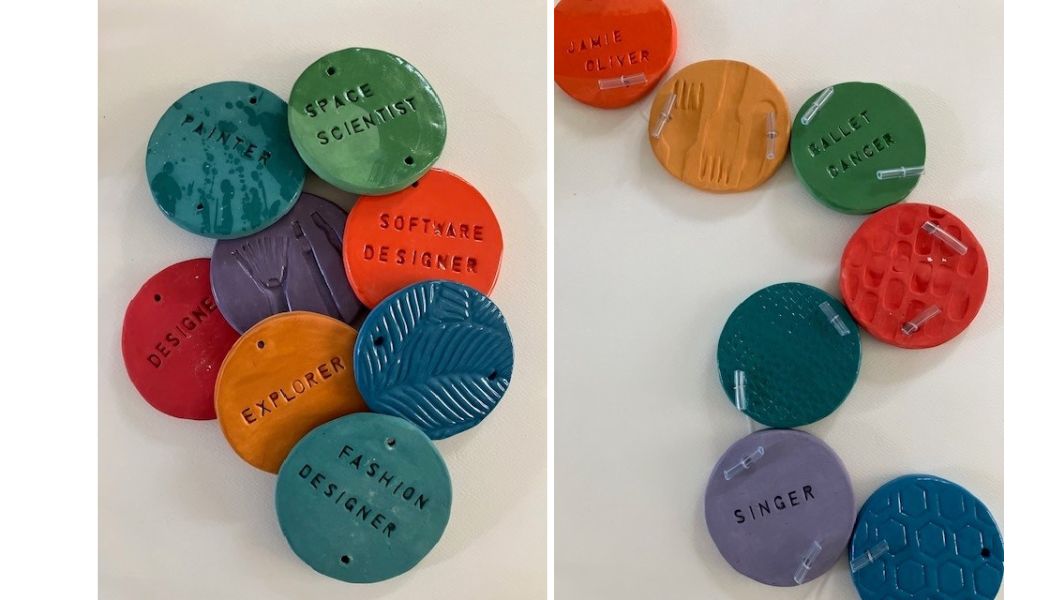Tips for testing in the classroom by Bernadette McLean

Pearson Clinical Assessment has published the following article written by Bernadette McLean on their website:
Tips for Testing in the Classroom
by Bernadette McLean – former Principal of Helen Arkell Dyslexia Centre
More and more teachers and teaching assistants are being required to use testing in the classroom. This can be a daunting task if they have not had training or previous experience. Standardised test manuals can be scary and the language unfamiliar particularly with regard to scoring and administration.
Tests are very useful for measuring progress and providing you with feedback on the success of teaching.
The following are some tips on assessing and a guide to potential pitfalls.
- Consider carefully the need and reasons for testing, and whether the proposed test serves the need. Ensure that the test actually tests what it claims to. A test that gives you a reading age is a reading age for that kind of reading e.g. single word/ sentence /passage and should not be compared over time with another kind of reading test. Test only if necessary and if the appropriate test is available.
- When possible arrange optimum conditions of time and place.
- Study and practise test instructions. You should be familiar with the test manual and you should have checked the instructions, timing, when the test should end, how the responses are recorded. Double-check necessary materials, such as stopwatch, paper, score sheets, etc. Even if you have administered a test many times, it’s a good idea to read the manual regularly, so not to forget particular points of administration. This is very important if you are using tests scores as they have been worked out on numbers of pupils all using the exact instructions in the manual.
- Put your learner/s at ease and encourage best efforts. Explain what the test requires, if appropriate. Explain in advance that you may not be able to help or indicate if answers are right or wrong. You may wish to offer to discuss performance at the end of testing.
- Follow instructions exactly, maintaining an impartial attitude. Encourage but do not over praise; respond similarly to correct and incorrect answers. Do not coach or give non-verbal cues such as looking at the correct answer.
- Keep as full a record of responses as practicable if you are testing children individually (how the child arrived at his answer, if he was slow, any comments made, and any self-corrections).
- Double-check the scoring; check that raw scores are correctly converted into standard scores. Make sure the child’s/children’s name/s and date are on all of the test material for future reference.
- Consider the results critically and remember that any score simply tells you the minimum that your pupil/s could achieve, on one particular day.
- Do not repeat the test too soon. Check the manual for information.
See our CPD and Specialist Assessor Training Courses here.
© Bernadette McLean, Helen Arkell Dyslexia Charity



